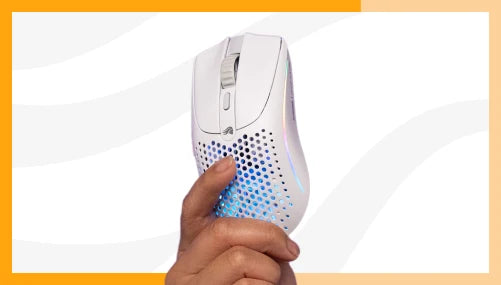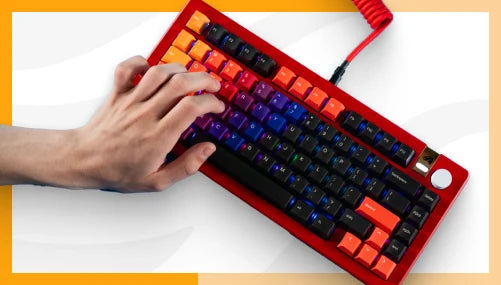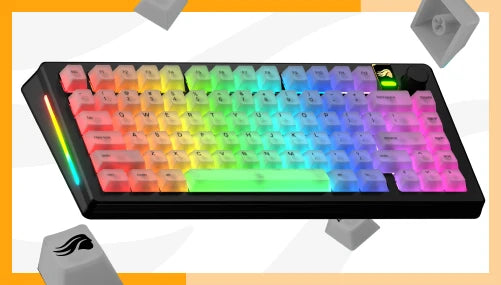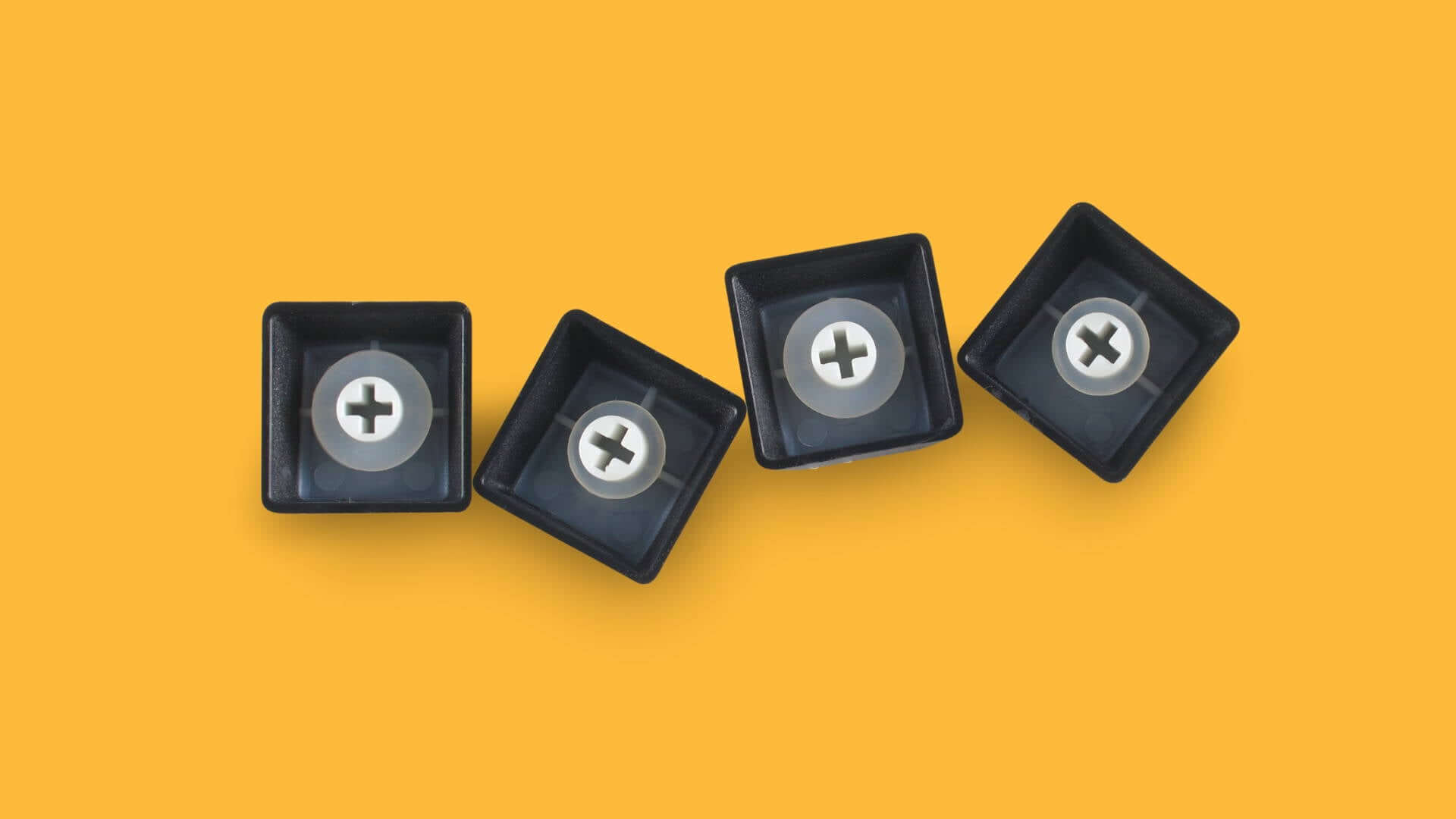The sound a mechanical keyboard makes is like music to our ears. However, not everyone shares that same sentiment. In an environment where other people are trying to work, the click and clack of a mechanical board can become tiresome. That is where O-rings save the day. These silicone dampeners are easy to install on your board, fitting around the stem located at the bottom of each keycap. They mitigate the sound your board makes by creating a softer, rubber-like barrier between the keycap and your mechanical keyboard's top plate. Additionally, O-rings provide a slight cushion, creating a slightly softer typing experience with less key travel than stock.
Reduced Sound
You can adjust how much O-rings affect your mechanical keyboard by choosing a specific style that fits your needs. For example, we offer our O-Rings Switch Dampeners in 40A and 70A hardness. 40A is softer, creating a quieter, more pillowy typing experience than the more rigid 70A, which produces a feeling closer to stock. If you are working in an environment where others are nearby, like a school or office space, we recommend trying 40A on your keyboard.
Shorter Key Travel
The thickness of the O-ring also plays a factor in how your mechanical keyboard feels while typing. Thicker O-rings, located below on the right-hand side, noticeably reduce the key travel on your board, creating a shorter actuation distance than usual. While this may take some adjusting, the shorter key travel has the potential to benefit your in-game performance and words-per-minute count. Time spent unnecessarily letting your keycaps strike the plate gets reduced, allowing you to move onto the following key quicker. More rapid key presses help you perform fast-paced movements in high-intensity games and can overall improve your typing speed for productivity.



